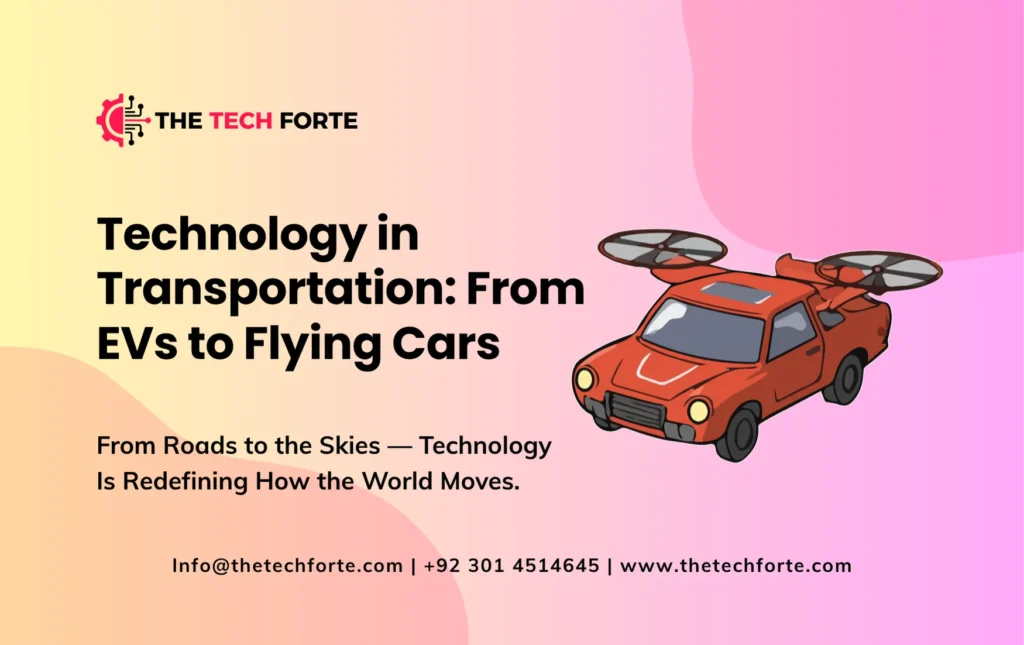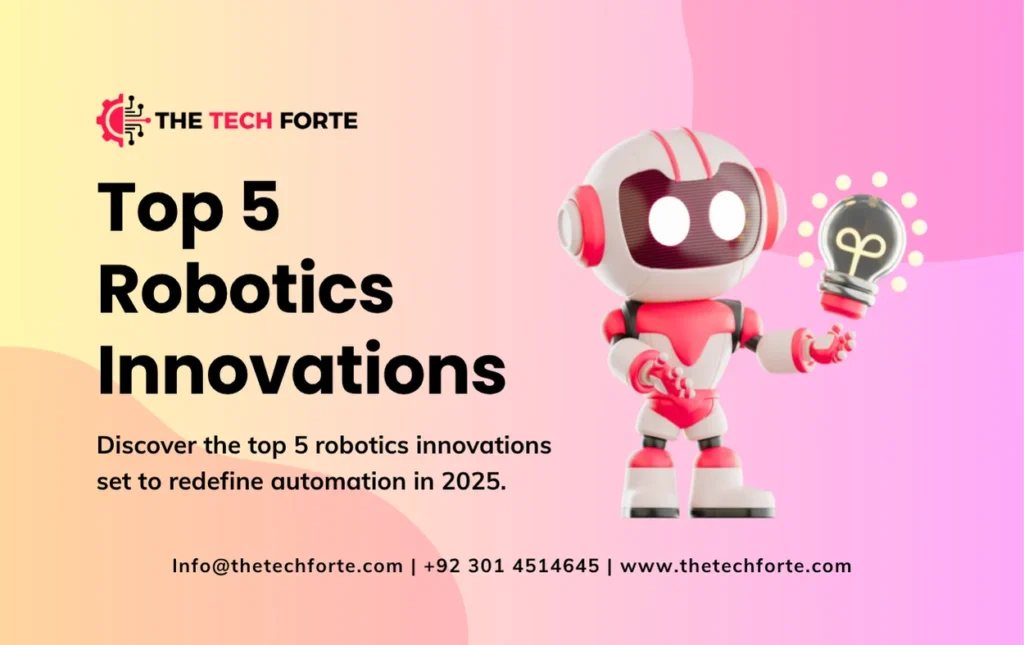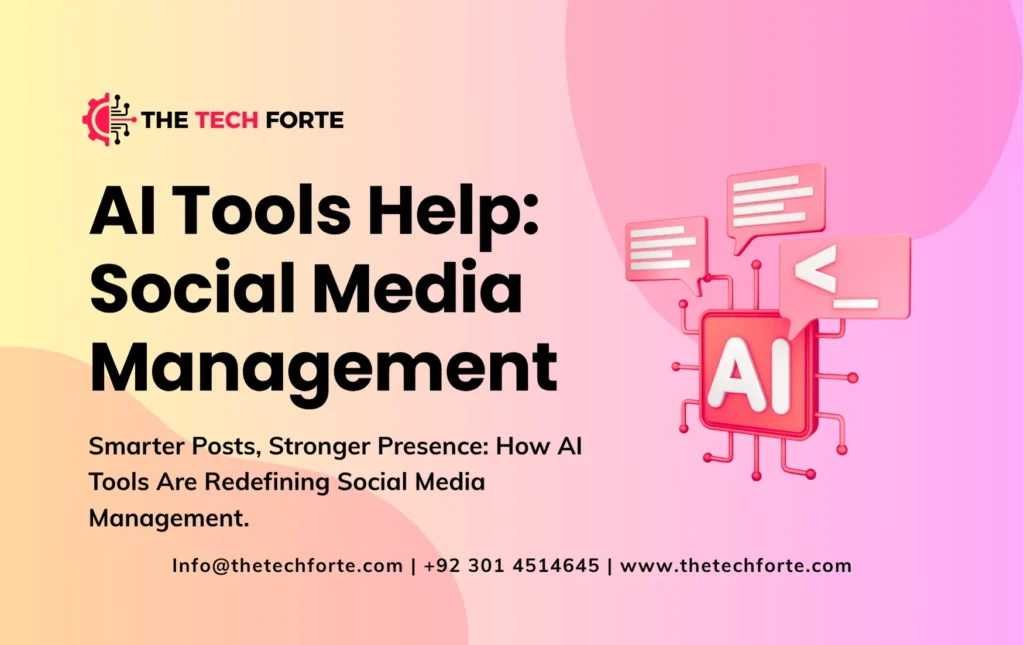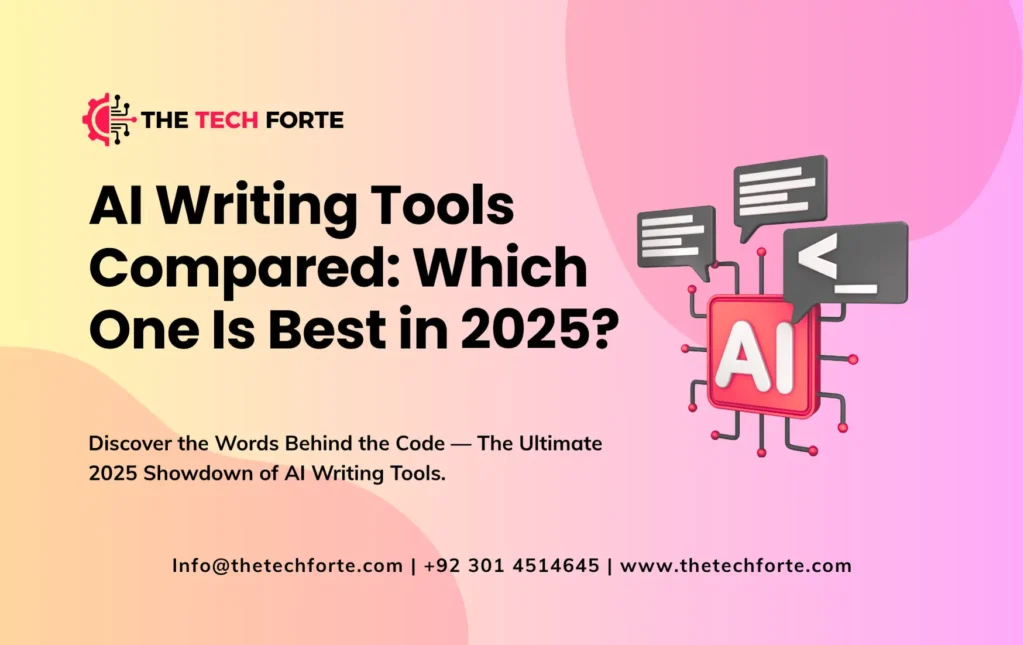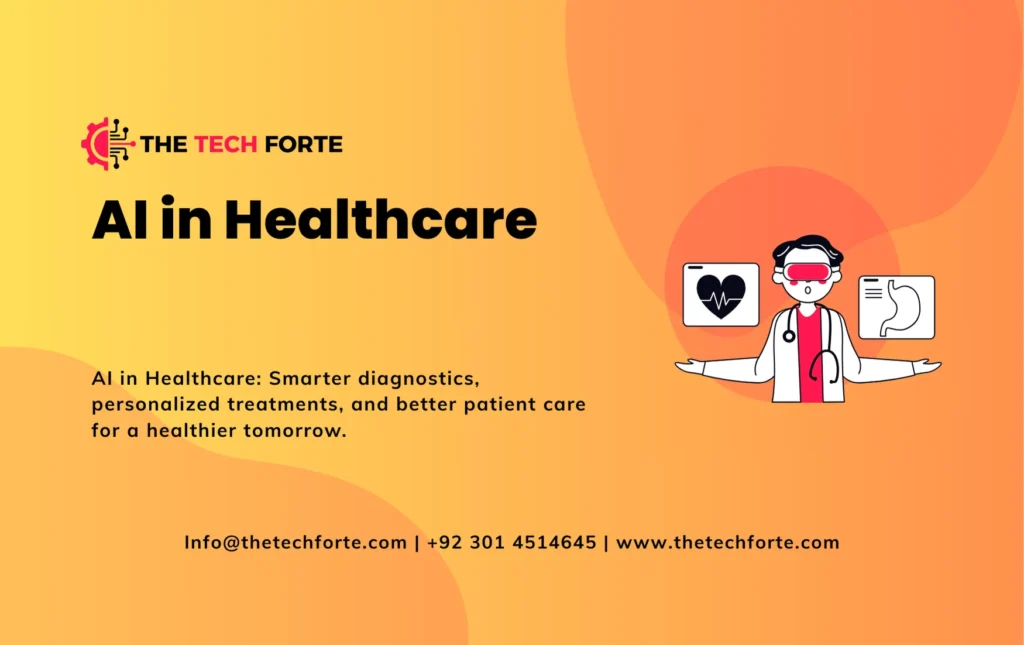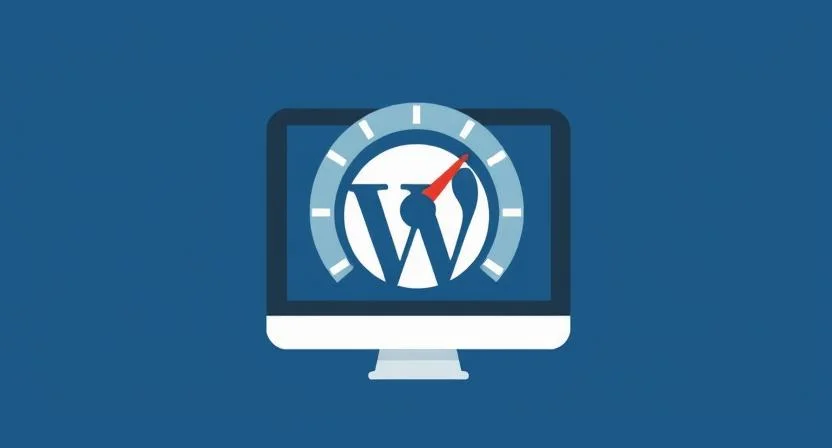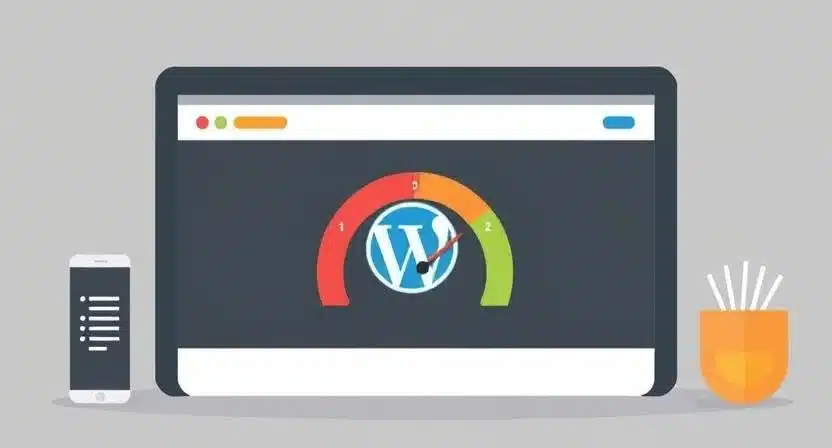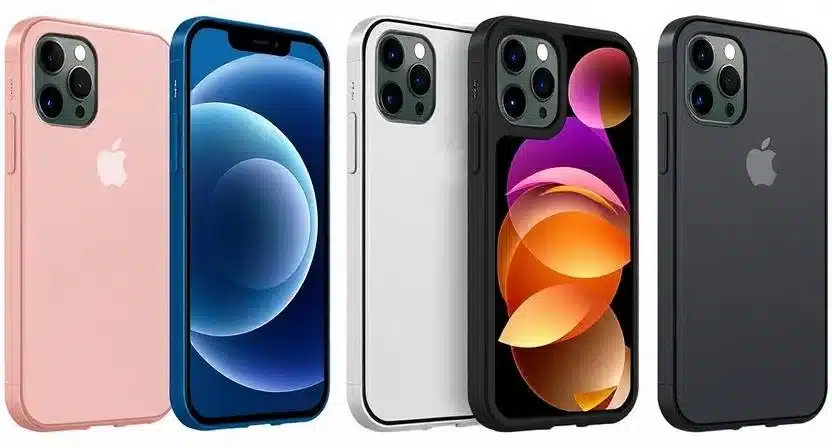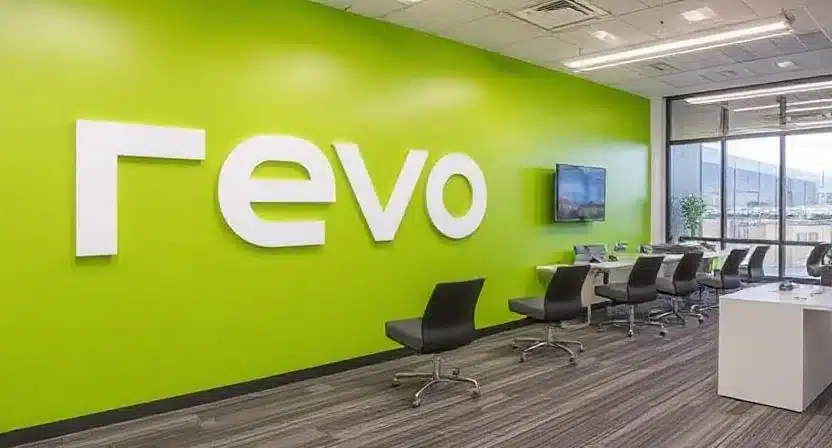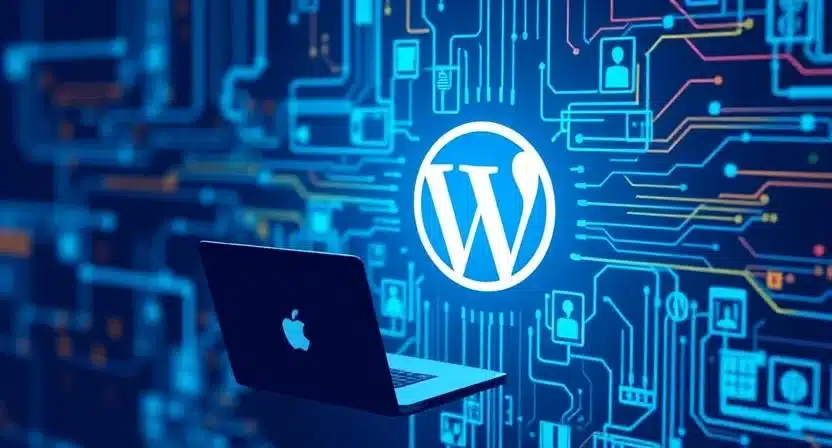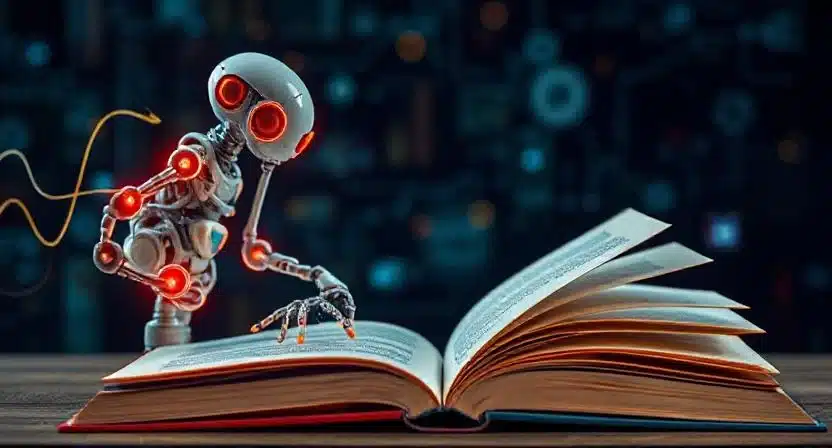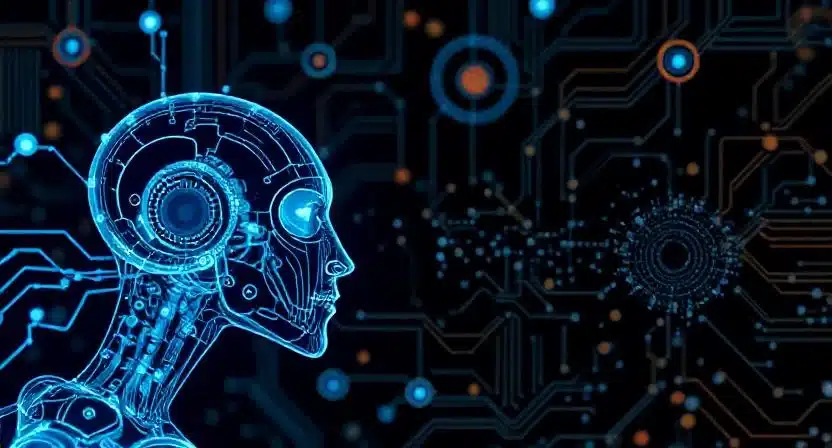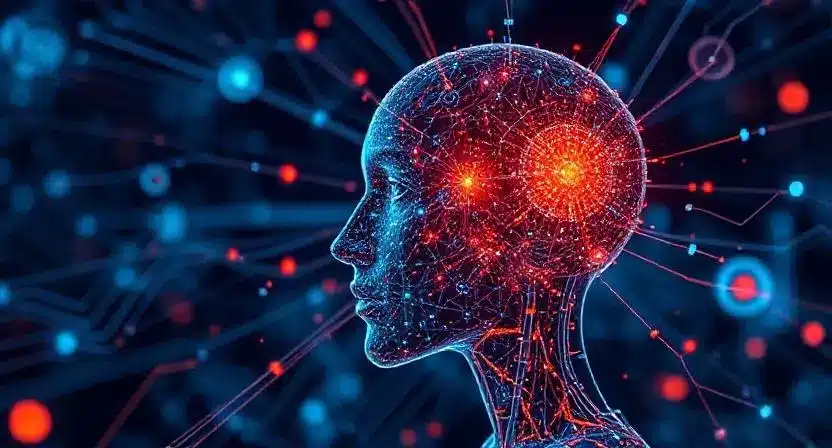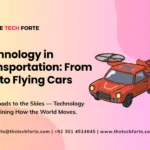Top 5 Robotics Innovations in 2025

Shaping the Future of Automation
Global robotics innovations in 2025 redefine how industries produce, move, and think. With the market for robotics technology breakthroughs reaching record growth, these trends highlight the direction of next-gen robotics innovations that combine AI, automation, and sustainability. From AI-powered robotics systems to humanoids and low-cost automation, 2025 is a pivotal year for the future of robotics innovation.
1 – Artificial Intelligence: The Brain Behind Robotics Innovation
One of the most significant robotics innovation trends in 2025 is the deep integration of artificial intelligence in robotics. Robots are now powered by AI-driven analytics, simulation, and generative design to perform complex, adaptive tasks that were once unimaginable.
Analytical AI allows robots to process sensor data, detect irregularities, and make predictive decisions in real time — essential for manufacturing, logistics, and healthcare automation. Meanwhile, Physical AI is enabling robots to “learn” through simulated environments before being deployed in real-world operations.
In parallel, Generative AI in robotics is creating a new era of AI-powered robotics innovation, often described as the “ChatGPT moment for physical systems.” This shift enhances space data analytics AI, industrial automation, and smart robotics systems that improve both efficiency and decision-making accuracy.
2 – Humanoid Robotics: Bridging Machines and Humans
The rise of humanoid robotics continues to captivate global industries. These next-gen robotics innovations are engineered to mimic human form and functionality — combining machine learning in robotics with ergonomic design.
While startups focus on creating general-purpose humanoids, industrial sectors like automotive and warehousing are adapting humanoids for single-purpose applications such as assembly line assistance or inventory management.
Though challenges around scalability and cost persist, humanoid robotics technology demonstrates how robotics for Industry 4.0 will evolve — blending human adaptability with robotic precision.
3 – Sustainable Robotics: Energy-Efficient and Green Innovation
Sustainability is no longer optional — it’s the foundation of modern robotics technology breakthroughs. In 2025, energy-efficient robotics innovations are helping industries meet global sustainability and carbon-neutral goals.
Precision robotics systems minimize waste, improve production efficiency, and ensure consistent product quality. Robots are now vital in manufacturing green technologies like solar panels, EV batteries, and recycling systems, making sustainable robotics essential for global manufacturing efficiency.
Moreover, robot designs themselves are evolving — lightweight components, energy-saving sleep modes, and bio-inspired grippers are making modern robots both powerful and eco-friendly.
4 – Robot-as-a-Service (RaaS) and New Business Models
One of the most exciting robotics trends in 2025 is the rapid growth of Robot-as-a-Service (RaaS) and low-cost robotics solutions. These models allow small and medium-sized businesses to access automation without heavy upfront investment.
RaaS provides AI-powered robotics systems for industries like construction, logistics, healthcare, and laboratory automation, reducing barriers to entry. The “good enough robotics” segment — affordable robots designed for lower precision but higher affordability — is expanding accessibility to new markets.
This democratization of robotics marks a key milestone in innovative robotics systems, empowering SMEs to adopt automation for the first time.
Read More: How Brain-Computer Interfaces Are Redefining Human Potential
5 – Robotics Solving the Global Labor Shortage
The global labor shortage remains one of the biggest challenges in industrial sectors, and robotics automation innovations are stepping up as the solution.
Robots are now performing the “4Ds” — dirty, dull, dangerous, and delicate tasks, freeing human workers to focus on high-value roles. This includes AI-powered robotics in quality inspection, welding, logistics, and healthcare.
Modern collaborative robots (cobots) and mobile manipulators are designed to assist human workers safely, addressing workforce gaps in manufacturing, healthcare, and retail automation. The integration of AI in robotics ensures that these machines can adapt, learn, and scale across industries.
The Future of Robotics: Smarter, Greener, and More Human
As we look ahead, the future of robotics innovations lies in the synergy between artificial intelligence, sustainability, and human-robot collaboration.
From AI-powered humanoids to eco-efficient robotic systems, 2025 is setting the stage for a global robotics revolution.
The next-gen robotics innovations are not just transforming manufacturing — they are reshaping healthcare, logistics, space research, and even home automation. As industries adopt smarter, greener solutions, robotics will continue to redefine human potential and productivity worldwide.
Conclusion
The top robotics innovations of 2025 mark a defining era where automation meets intelligence. These breakthroughs — powered by AI, sustainability, and affordability — ensure that robotics remains a key driver of industrial and technological evolution.
Whether it’s humanoid robotics, RaaS, or sustainable systems, the innovation curve in robotics shows no signs of slowing down. The future is not just robotic — it’s intelligent, collaborative, and green.
Read More: How Technology Is Shaping the Future of Education




